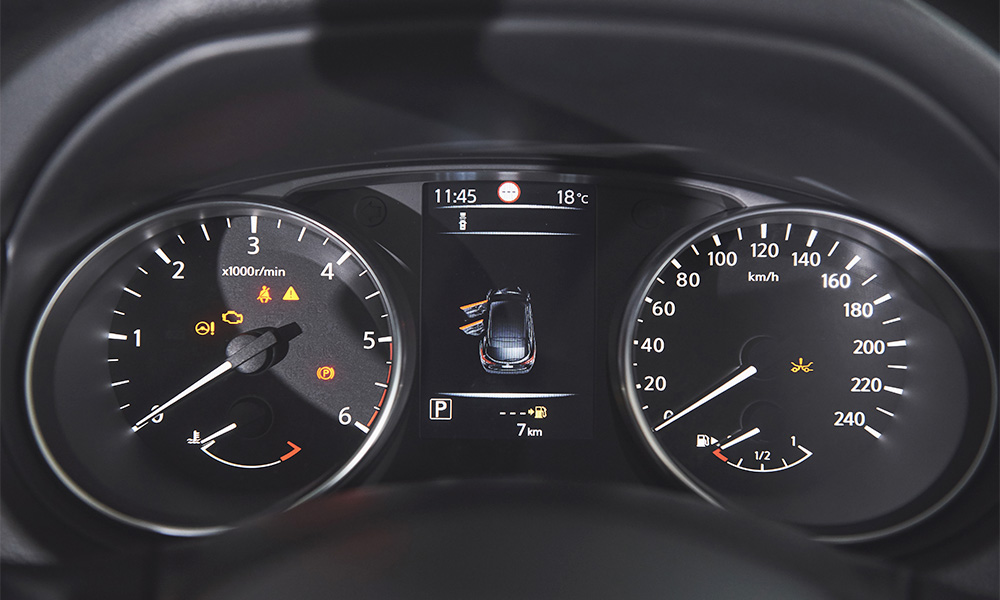Modern automobiles rely heavily on advanced safety technologies, and the service tire monitor system stands as one of the most crucial components for driver protection. This sophisticated network of sensors and electronic components continuously tracks tire inflation levels, alerting drivers to potentially dangerous pressure drops that could lead to accidents, blowouts, or premature tire wear. Proper understanding and maintenance of your TPMS ensures maximum safety benefits while avoiding costly repairs and replacements.
How Tire Pressure Monitoring Systems Function
The TPMS in your automobile uses advanced monitoring sensors that constantly measure tire inflation and send instant pressure updates to your instrument cluster. Each wheel contains a specialized pressure sensor that wirelessly transmits information to the vehicle’s central computer every few seconds. These sensors operate on small internal batteries and use radio frequency signals to communicate pressure readings, temperature data, and sensor health status.
Two distinct TPMS technologies dominate today’s automotive market. Direct systems feature individual pressure-sensing devices installed within each wheel, delivering accurate readings and identifying which specific tire requires attention. Indirect systems leverage existing wheel speed sensors from the anti-lock braking system, detecting pressure changes through variations in tire rotation characteristics as underinflated tires rotate at different speeds.
Recognizing TPMS Alert Patterns
Solid Dashboard Warnings
If the TPMS light is on and not blinking, it means that one of the tires has dropped below the correct pressure. This steady signal requires immediate driver response to locate and correct the pressure deficiency before continuing normal vehicle operation.
Blinking Alert Sequences
When your TPMS light blinks repeatedly during vehicle startup before remaining solid, the system itself has malfunctioned. This pattern suggests sensor failure, communication errors, or electronic system problems requiring professional diagnostic evaluation.
Weather-Related Fluctuations
Seasonal temperature swings frequently trigger temporary TPMS alerts as air pressure naturally decreases in cold conditions and increases during warm weather. Understanding these thermal effects helps distinguish between actual leaks and normal atmospheric pressure variations.
Essential TPMS Maintenance Procedures
Monthly Pressure Verification
Despite automatic monitoring capabilities, manually checking tire pressure monthly remains recommended practice. TPMS systems typically activate only after significant pressure loss occurs, potentially missing gradual deflation that reduces fuel economy and tire lifespan. Regular manual verification catches minor pressure drops before they become safety hazards.
System Recalibration Methods
Tire rotation, pressure adjustments, or wheel changes often require TPMS recalibration to maintain accurate monitoring. Most vehicles include a reset button accessible from the driver’s seat, typically located near the steering column or within the glove compartment area. Successful reset procedures usually involve holding the button until the warning light blinks three times, followed by a brief drive to complete system relearning.
Professional Service Integration
Qualified technicians can perform comprehensive TPMS evaluations during routine maintenance appointments, identifying potential sensor issues before complete failure occurs. Many tire service facilities offer complimentary system checks with other services, ensuring optimal performance throughout the sensor’s operational lifespan.
Sensor Replacement Timing and Costs

Identifying Sensor Deterioration
TPMS sensors typically provide reliable service for 7-12 years, depending on driving conditions, climate exposure, and battery quality. Warning signs of sensor degradation include persistent dashboard alerts despite correct tire pressure, erratic pressure readings, or complete loss of monitoring from specific wheels.
Financial Considerations for Replacement
The price for replacing a single sensor fluctuates considerably depending on your car model, the type of monitoring technology used, and where you choose to have the work done. Basic sensors for common vehicles may cost $75-150 each, while luxury or specialized vehicles often require sensors priced $200-350 per unit. Professional installation typically adds $50-100 in labor charges, though some facilities include installation with sensor purchase.
Timing Replacement Strategically
Replacing all four sensors simultaneously often provides cost advantages through bulk pricing and reduced labor charges. This approach also ensures uniform sensor age and prevents sequential failures that require multiple service appointments over time.
Diagnostic Approaches for TPMS Problems
Battery-Related Issues
Internal sensor batteries can’t be fixed on their own, so if the power source stops working, the whole sensor has to be replaced. Gradual battery deterioration may cause intermittent operation, delayed warnings, or reduced transmission range before complete failure occurs.
Physical Sensor Damage
Road debris, improper tire mounting techniques, or aggressive driving can physically damage sensor components. Symptoms include sudden warning activation, inconsistent pressure displays, or complete communication loss from affected sensors.
Programming and Compatibility Challenges
New sensors require proper programming to communicate effectively with your vehicle’s specific TPMS protocols. Professional programming tools ensure correct sensor identification, pressure thresholds, and warning parameters match manufacturer specifications for reliable operation.
Proactive TPMS Care Strategies
Routine System Inspections
Incorporating TPMS evaluations into regular maintenance schedules helps identify developing problems before they cause system failures. Professional technicians can assess sensor battery condition, communication quality, and mounting integrity during routine service appointments.
Protective Driving Habits
Avoiding road hazards, maintaining moderate speeds over rough surfaces, and following proper tire inflation practices help preserve sensor integrity and extend operational lifespan. Careful attention during tire service prevents accidental sensor damage during mounting or balancing procedures.
Environmental Awareness
Understanding how altitude changes, temperature extremes, and seasonal transitions affect tire pressure helps drivers distinguish between normal pressure variations and actual system problems, reducing unnecessary service visits while maintaining safety awareness.
Maximizing TPMS Performance and Longevity
Regular service tire monitor system maintenance protects your investment while ensuring continuous safety monitoring. Combining automated TPMS alerts with proactive pressure management, professional inspections, and timely sensor replacement creates a comprehensive tire safety strategy. Understanding system capabilities, recognizing warning patterns, and maintaining proper tire care practices maximizes both system reliability and vehicle safety. Whether addressing routine maintenance or managing sensor replacement, informed TPMS care contributes significantly to overall vehicle performance, safety, and operating economy throughout your vehicle’s service life.



